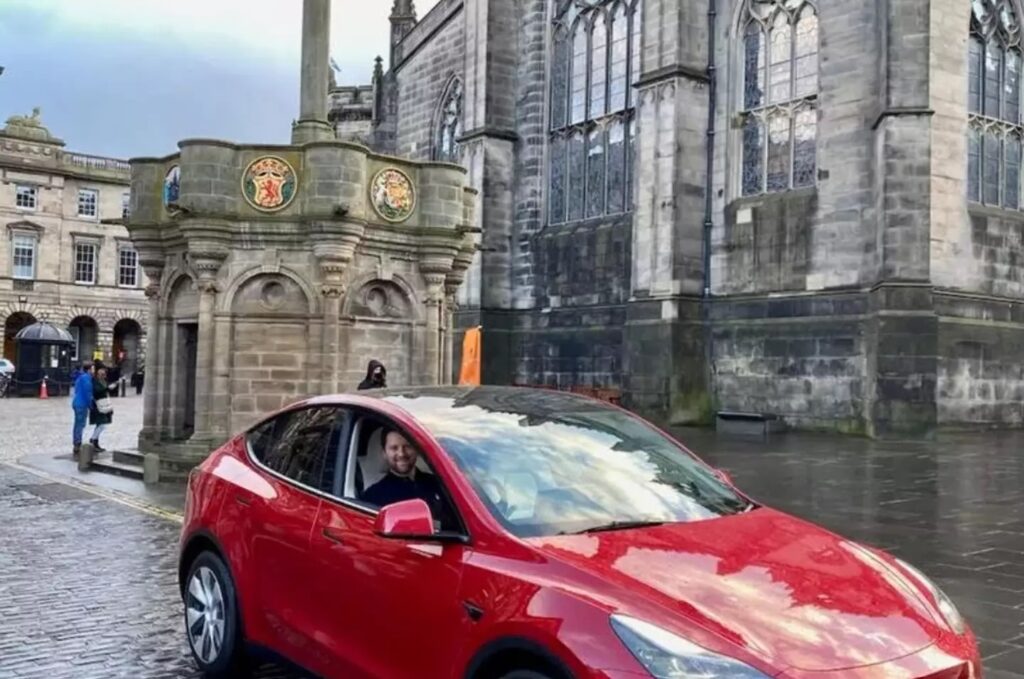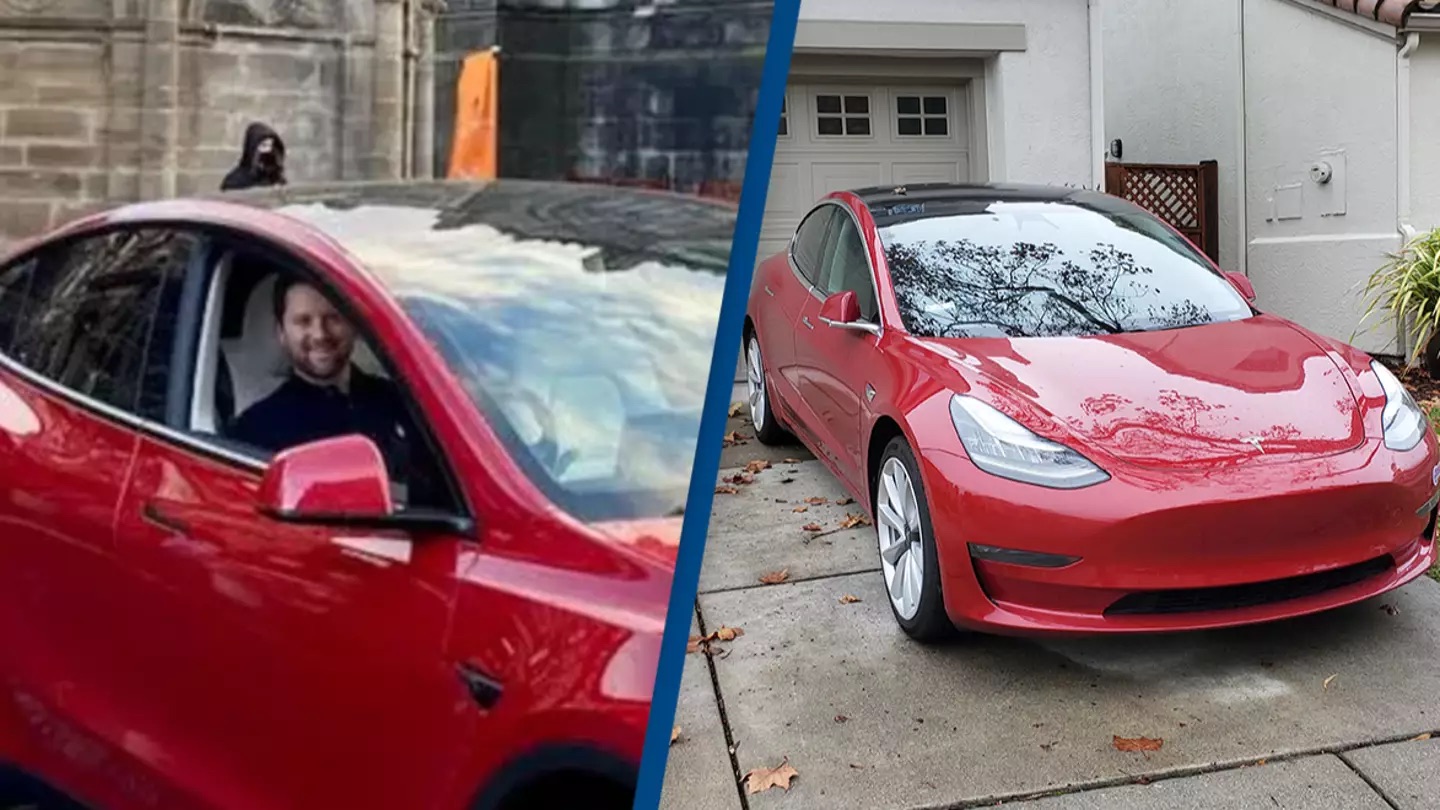The idea behind buying a Tesla is that, although the upfront cost is high, it ultimately leads to significant savings. Beyond the environmental advantage of driving an all-electric vehicle and reducing emissions, it’s also a practical investment by eliminating the regular expense of gasoline.
According to AAA Gas Prices, the average gas price in the U.S. is $3.175 per gallon. For a typical 14-gallon car, this results in about $45 per fill-up.
In contrast, charging an electric vehicle like a Tesla at home costs roughly $14 for a full charge, which covers about 303 to 405 miles. To put that in perspective, a drive from New York City to Ontario, Canada (near Niagara Falls) is 395 miles.
So, receiving a $20,000 repair bill for your Tesla—a car from Elon Musk’s company, who’s also known for SpaceX’s rocket recovery system using ‘chopsticks’—due to rain damage is understandably frustrating.
This is exactly what happened to Johnny Bacigalupo and Rob Hussey when their $78,000 Tesla stopped working in heavy rain in Edinburgh, Scotland, last year.

Despite lengthy discussions with Tesla, they were presented with a repair bill of $22,627. Bacigalupo told Edinburgh Live, “I honestly couldn’t believe it. I was expecting maybe £500 or £1,000 [$650 to $1,300], but when they quoted over 17 grand, I was shocked.”
He recounted, “We parked on Frederick Street for dinner. It was raining, but I didn’t notice any big puddles. I wasn’t driving through the Cairngorms or anything.”
After dinner, the car wouldn’t restart, leading to a five-hour wait for Tesla Roadside Assistance, which finally arrived at 1 a.m.
“They informed us that the battery was effectively underwater. But how could that be our fault?”
After eventually speaking with a manager, Bacigalupo was told that water entered the car due to Scotland’s severe weather. Although Tesla acknowledged that it might not be his fault, they also stated it wasn’t covered under Tesla’s warranty, pointing out a yellow weather warning in parts of Scotland at the time.
